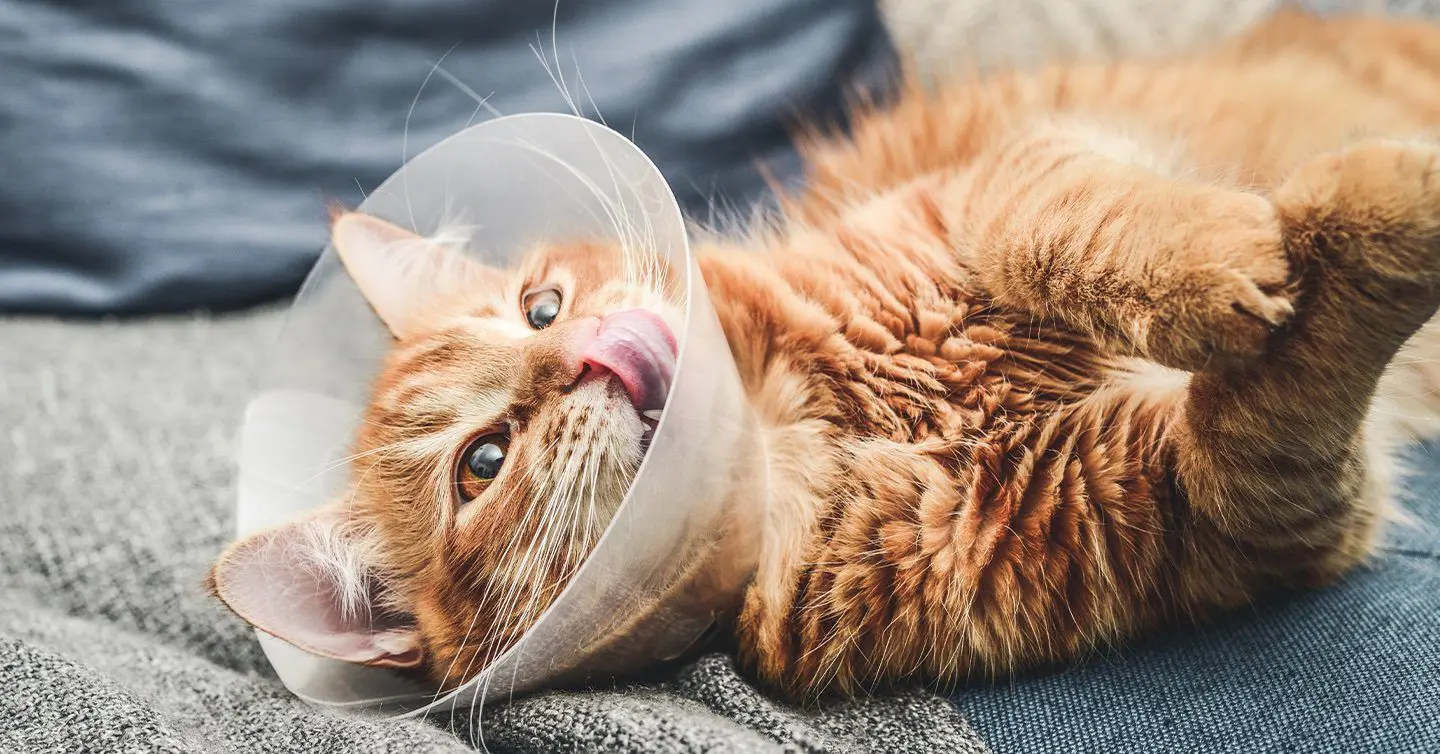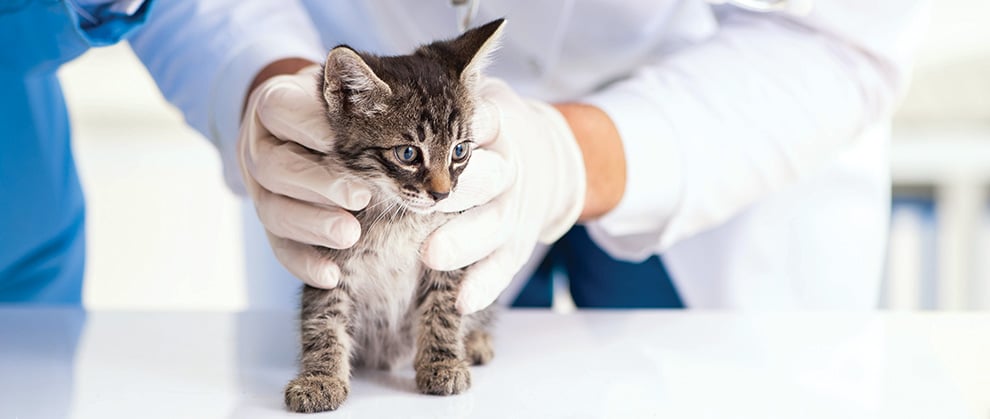The Best Time to Spay or Neuter Your Cat: Complete Guide & Pitfall Avoidance
Spring into action! As temperatures rise and daylight increases, spring and early summer mark the ideal season to schedule a spay or neuter procedure for your feline friend. Why now?
✅ Faster post-op recovery
✅ Reduced stress and lower anesthesia risks
✅ Fewer issues with spraying or howling during mating season
But how do you choose the right clinic? What pre-surgery tests are necessary? And how should you care for your cat afterward? Don’t worry — here’s a step-by-step guide to safe, effective feline sterilization.
???? How to Choose a Cat-Friendly Spay/Neuter Clinic
Not all vet clinics are created equal. Follow these four tips to avoid common pitfalls:
1. Prioritize Specialized Facilities
Look for clinics with:
- A separate cat ward
- Inhalation anesthesia equipment
- Access to cardiac ultrasound or X-ray (especially important for breeds prone to heart disease, like British Shorthairs or Ragdolls)
2. Choose a Nearby Location
Post-surgery monitoring is critical — especially for females. Choose a clinic within 15 minutes' drive in case of emergencies.
3. Don’t Rely on Reputation Alone
Ask for first-hand feedback in local cat groups. Look for comments on:
- Anesthesia safety records
- Infection control and wound management
4. Inspect the Surgical Suite
A quick on-site visit can tell you a lot. Check if instruments are sterilized and whether the staff explains procedures patiently.
???? Pre-Surgery Testing: What Your Cat Needs
Reminder: Preoperative screening is essential. Cats may have hidden conditions like kidney issues, diabetes, anemia, or heart disease that increase surgical risk. These tests help vets determine whether it’s the right time and tailor anesthesia protocols when needed.
Key Preoperative Tests:
- Physical Exam (Essential): Includes oral exam, abdominal palpation, vital signs (heart rate, respiration, temperature).
- CBC (Complete Blood Count) (Essential): Detects inflammation, anemia, and platelet levels — crucial for assessing infection risk and blood clotting ability.
- Biochemistry Panel (Highly Recommended): Checks liver and kidney function (for anesthesia safety) and muscle enzymes (for potential heart issues).
- Heart Ultrasound / Chest X-Ray (Recommended for at-risk breeds): Especially for cats like British Shorthairs or Persians prone to hypertrophic cardiomyopathy (HCM), which often shows no symptoms.
???? Post-Surgery Care: Your At-Home Checklist
Successful recovery starts with attentive aftercare.
Wound Care
- Use an Elizabethan collar (soft type preferred) for 7 days
- Clean the wound with iodine + saline daily
- ❌ No bathing or licking the wound!
Nutrition & Feeding
- Offer water 6 hours after surgery
- Provide soft food within 24 hours
- Cats may experience low appetite post-op — monitor closely to avoid complications from dehydration or infection.
Final Tips
✔️ Avoid surgery during extreme heat or cold.
✔️ Schedule neutering before the first heat cycle to reduce cancer risk.
✔️ Use calming pheromones and a quiet space to reduce stress post-surgery.
Spaying or neutering your cat is one of the most important steps toward a healthier, happier life. With proper planning and care, your cat will be back on their paws in no time!
Categories: pets



